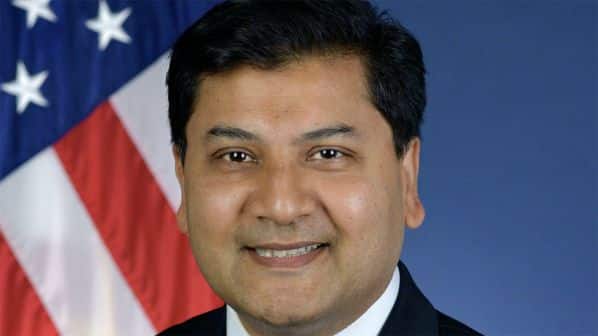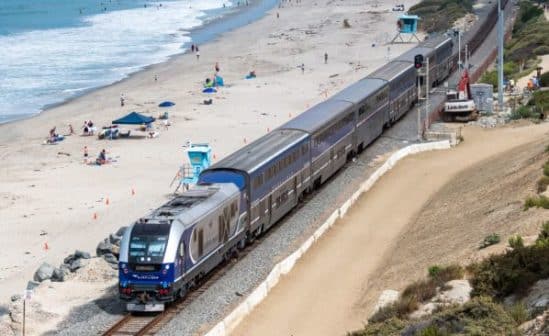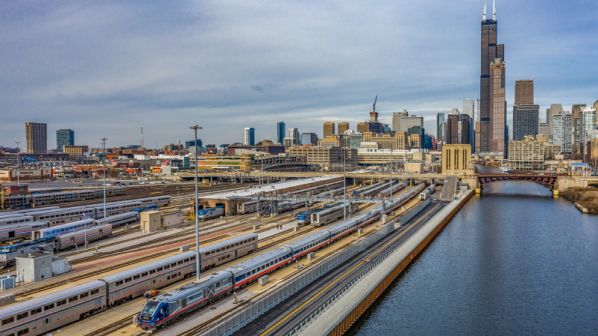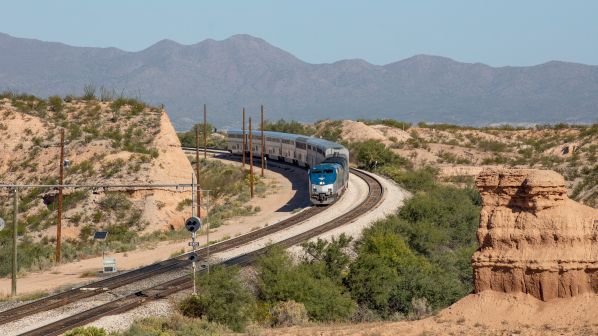FEDERAL Railroad Administration (FRA) administrator, Mr Amit Bose, has attempted to ease concerns about the slow pace that funding from the Biden administration’s signature Infrastructure Investment and Jobs Act is finding its way into the rail industry.
It is nearly two years since the landmark bill was signed and very little of the $US 102bn allocated to rail and public transport has been allocated. The sector is understandably nervous that if the promised funding continues to go unspent, the five-year programme will end and the money will be lost. The programme allocates $US 66bn for rail plus $US 36bn for public transport over five years.
“It is unquestionably a once in a generation opportunity to invest in rail from an administration that believes in rail, and a deal that reflects bi-partisan support for rail,” Bose told a session at Railway Interchange on October 3.
“What is important to remember is that the FRA, on our rail development side, did not have a robust staff or a strong office in place for a $US 66bn programme in 2021. We needed to make sure that the office is structured in such a way that it should be to administer that huge level of funding and also staffed at the level to administer that funding.
“It is not just FRA. It is also Amtrak that needs to be ready for that funding, and also that the states, through their state departments of transportation, state transit agencies, are ready to deliver those projects as well. We’ve been laying the groundwork for that.”
Bose added that funding has already appeared in the form of a $US 570m level crossing elimination programme that has funded “many projects” across the country. The Consolidated Rail Infrastructure and Safety Improvements (Crisi) grants programme also confirmed funding for 70 projects in 35 states last month.
“We’re going to release and award even more billions of dollars in funding before the end of the year,” Bose said.
“The first year of funding took us time to put the programmes together,” he continued. “But pretty soon you are going to see the next round of railroad crossing elimination, calls for more Crisi applications. The big ones are the federal and state Northeast Corridor, which is $US 9.5bn roughly, and after that the federal state national network, $US 4.5bn. What we have done is combine a couple of years, so it is not just one fiscal year.”
Turning to how the industry can help itself to secure the necessary funding, Bose encouraged the sector to identify projects that are ready for construction, have the necessary planning permission and where the environmental impact assessment process has been completed.
“I think what would be helpful for me is to show the public, especially Congress, how you all are benefiting from the dollars. There are stringent Buy American requirements in the Infrastructure Bill, so there are a lot of opportunities for you all.”
Bose also encouraged the industry to take advantage of the Department of Transportation’s new Project Delivery Centre of Excellence at the Volpe Centre, which is sharing lessons learned and project best practice in order to optimise delivery.
“It is also important to show that the projects are on time and on budget,” he said. “We’re very, very focused on that.”




